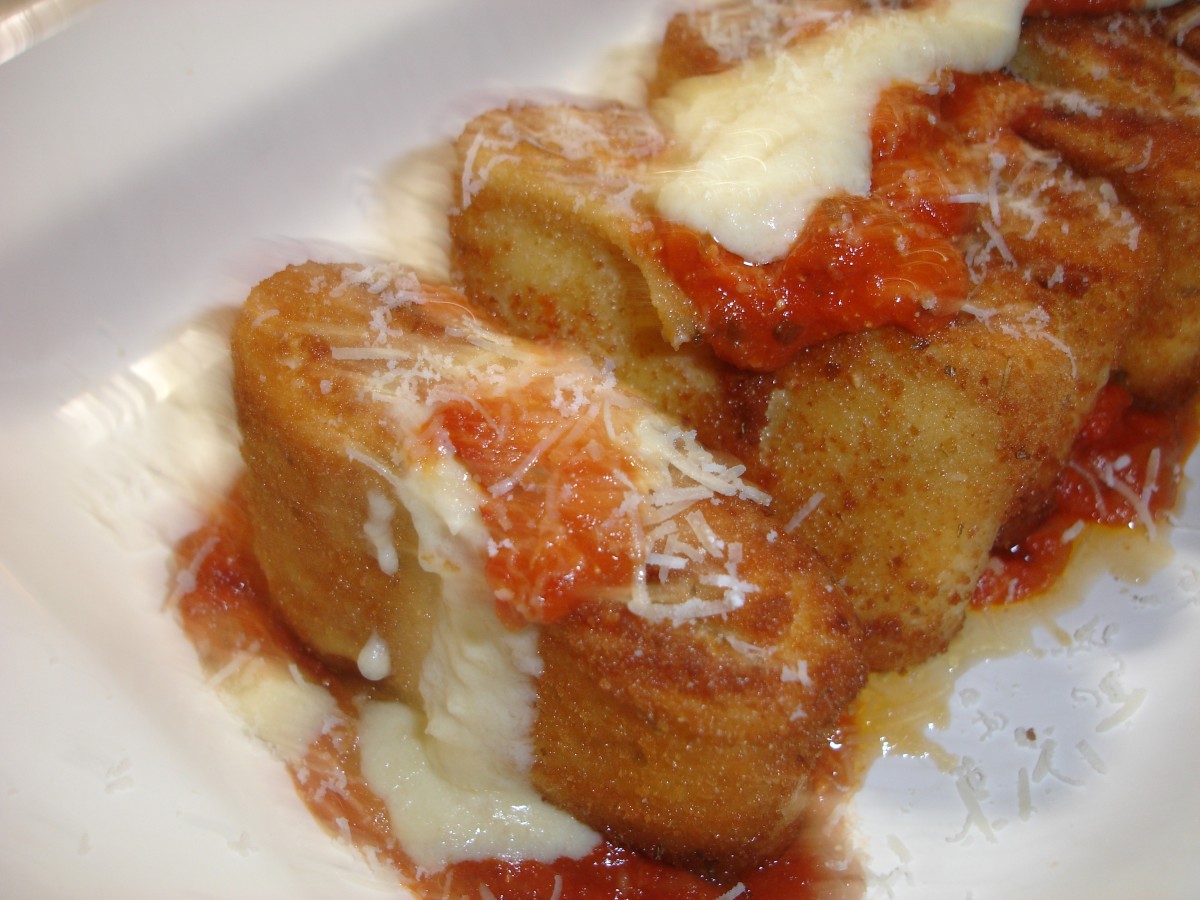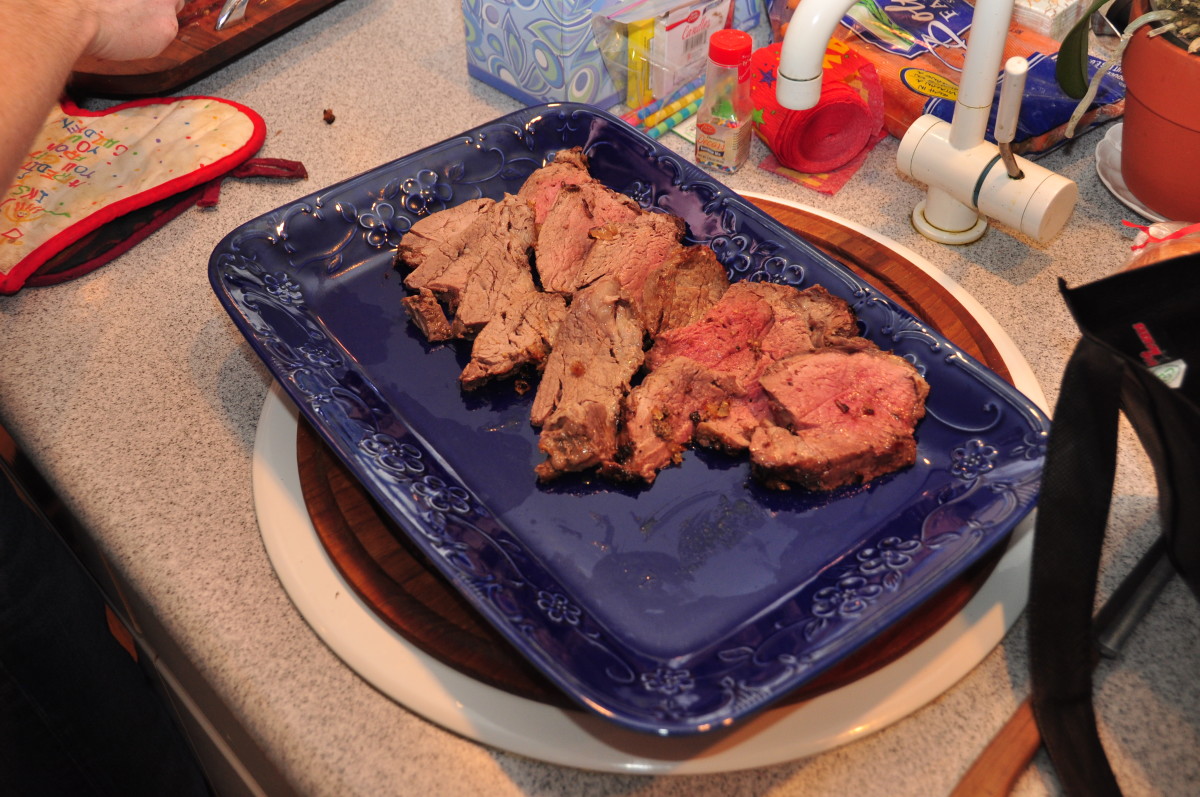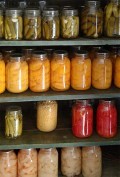What's In My Cheese?
This Ain't Cheesy
We love cheese. We devour cheeseburgers with a slice of mouth watering cheese on a bun. We eat chips with nachos in a theater. Mac N Cheese is one of our favorite comfort foods. We sprinkle grated cheese on our pasta. Whether it's provolone, mozarella, cheddar, or swiss, we love to take a bite out of our cheese. But did you know that the cheese that we eat specifically Parmesan, is not a real cheese?
A study was conducted by Bloomberg Business blew the lid off regarding Parmesan cheese. It was stated that grated Parmesan cheese contains wood chips. An ingredient we tend to overlook that is found in most brands of cheeses is cellulose. One brand of cheese was discovered to have 9% of cellulose in their products.
Real cheese consists of only four ingredients. These are milk, salt, culture, and enzymes. Nowadays, the cheese that we consume is mostly cellulose. This is because cellulose is cheap and the manufacturers are trying to save money. Cellulose also prevents the cheese from clumping. It is considered a filler and it doesn't change the taste of the cheese. It is also safe to eat.
Mark Schatzker, a journalist and the author of The Dorito Effect was a guest on the Dr. Oz show. He exposed that some of the famous brands of Parmesan cheese that we buy in groceries contain a high content of cellulose. Some brands claim that their grated Parmesan cheese is made of 100% natural cheese. But the truth is, they have 3% cellulose in their cheese. Some brands contain 3.8% while others have 7.8%. There is even one brand that has 8.8% cellulose found in their cheese. The Food and Drug Administration has allowed 2% to 4% cellulose in their products. Sadly, this is not observed all the time.
We often see labels on these famous brands of cheese that claim that they are real Parmesan cheese. We have come across the terms, Parmigiana, Parmesan, Parmesana. Schatzker mentioned that just because we see these terms on food labels, it doesn't mean that it is real cheese. These terms don't mean anything. Schatzker suggested that in order to spot real cheese from fake cheese is to buy a block of cheese instead of the grated cheese. Because a block of cheese is fresher and has more flavor.
Americans consume 25 lbs of cheese per person. That's how insatiable our appetite is for cheese. But according to some studies, there is only 51% of real cheese found in most brands of cheese. When cheese is made, they use real good milk and enzymes. They separate the curds from they whey. They don't add fillers or cellulose in their products. If only 51% is made of real cheese, then what do the remaining 49% consist of? It was discovered that 17 ingredients are found in grated Parmesan cheese. Most brands contain Sodium Phosphate and protein concentrate.
Some countries in the world consume more cheese than America. These countries are Italy, Greece, and France, but these countries have lower obesity rates. Schatzker mentioned that these countries use fresh cheese in their food and hardly consume fake cheese. He stressed that fake cheese doesn't have a lot of flavor while the real cheese oozes with flavor.
With these revelations, how can we determine if the one that we're buying is real cheese or fake? Schatzker implied that we should read the labels. Real cheese consists of only milk, salt, and bacterial enzymes. It is easier for consumers to buy fake cheese because it's cheaper and more convenient. You can buy slices of cheese in a pack without having to slice or grate it. It is less time consuming than buying a block of cheese. But Schatzker pointed out that it's much better to buy the real cheese since it's bursting with flavor and there are no fillers added. Another tip that he shared is to look for AAF. AAF stand for Aroma, Appearance, Flavor. Real cheese have a distinct smell. An example of these are feta, which is good for salads, aged gouda, gruyere, and block cheddar. These are not fake cheeses unlike what we buy in slices or in plastic bottles
Who would've thought that the cheese that we consume is mostly fake and filled with fillers? This is an eye opening investigation that we should not overlook. Grated Parmesan cheese may be affordable and convenient, but it's much better to buy cheese that is made with real ingredients than consume slices of cheese that have ingredients that are not necessary in producing cheese.





